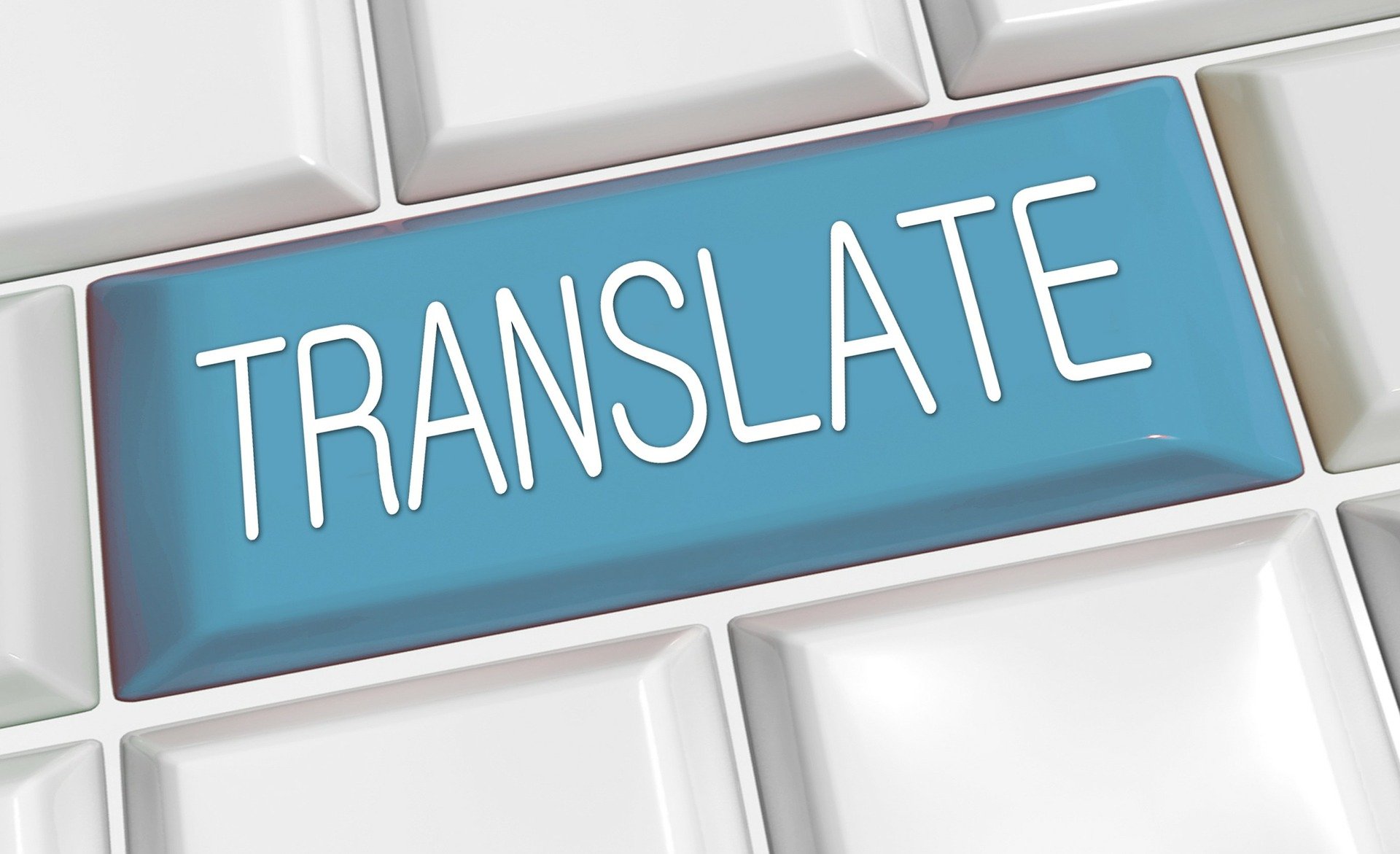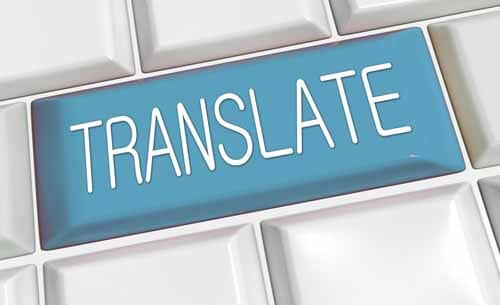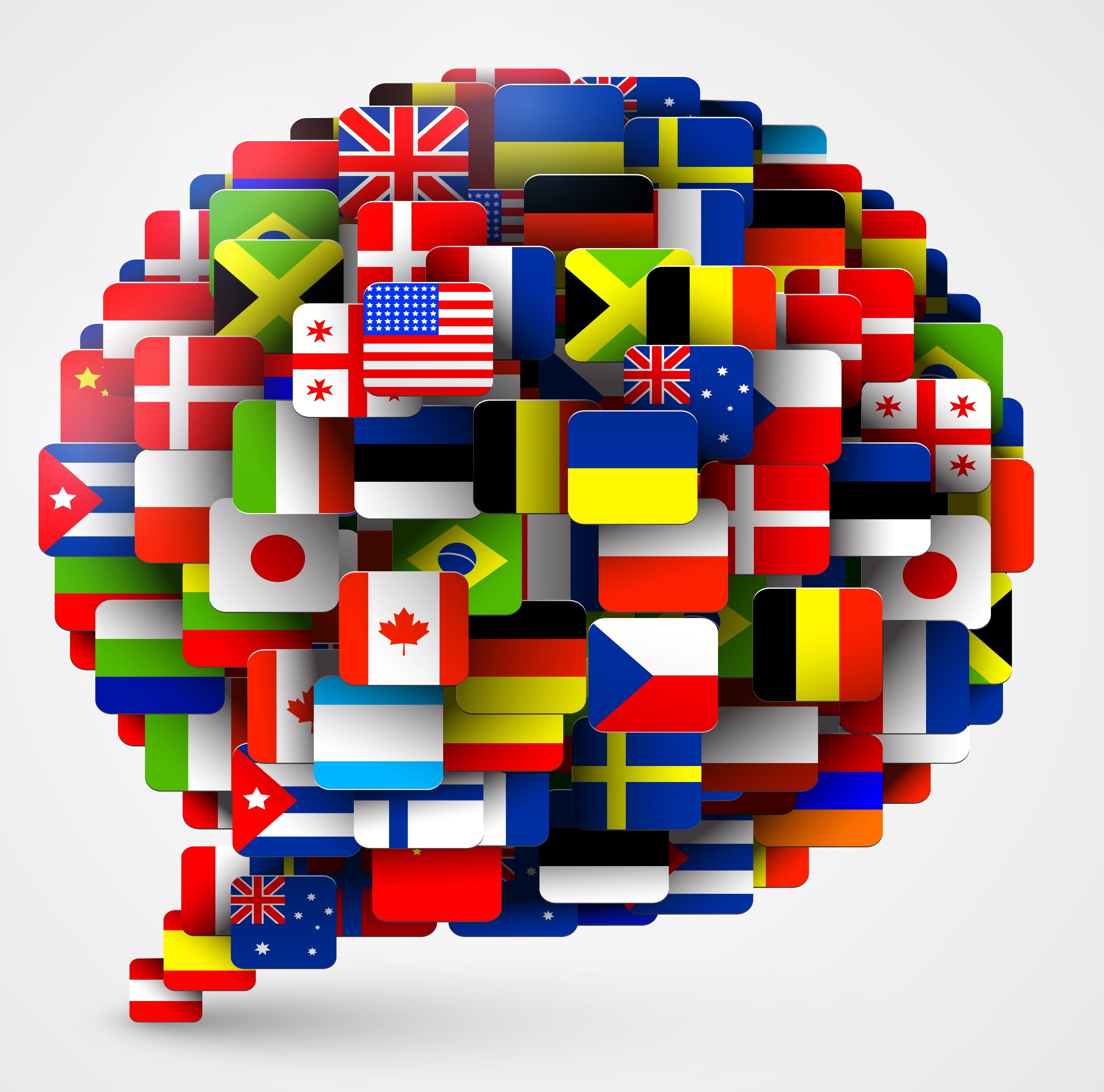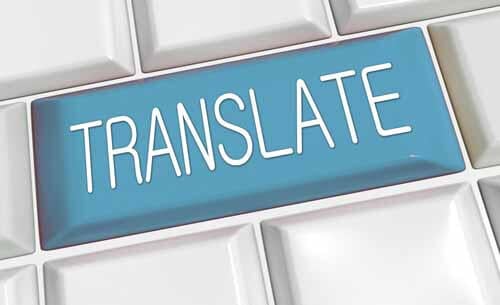Listen to Audio Version:
In the United States, a tagline like “Driving Matters!” brings the popular car company Mazda to mind. Yet in Japan, that company’s tagline is “Jinbai Ittai.” This phrase captures the feeling of a horseman warrior, riding across the plains totally in sync with his horse, or “the oneness of horse and rider.” Mazda wanted the tagline to evoke the energy and passion you feel when you drive their cars. Had their marketing department used Google Translate to convert their tagline to English, they would have sent a much different message to their US customers.
On three separate occasions, I put “Jinba Ittai” into Google Translate to see what it would come up with. The “oneness of horse and rider” translated to the following:
- One Horse
- Danger
- Jinba (the current translation as of this moment)
Fortunately, the marketing team at Mazda researched the best way to adapt their tagline for the US: human translation. You may be thinking that taglines are pretty specialized, so it makes sense that they benefit from human translation, but what about other text? How does Google Translate do with everyday language?
- Read about some companies who should have hired an experienced translator in Translations Gone Bad – Research Before Exporting.
The Limits of Google Translate
I recently had the opportunity to read Trevor Noah’s Born a Crime. This award-winning comedian and host of The Daily Show on Comedy Central wrote a book about growing up in poverty in South Africa under the shadow of Apartheid.
In it, he explains the meanings of several words that were part of his everyday language. I was curious, so I entered a few of the terms into Google Translate, to see if the definitions would agree with Mr. Noah’s explanations.
|
Word |
Definition |
Google Translate |
|
Amabhujua |
Very poor person who acts like they are rich by dressing fashionably even though they live in shacks |
butterflies |
|
Amperbaas |
Black people who are almost white, “almost there” |
barely a boss |
|
Vetkoek |
Donut or beignet |
fat cake |
The results were less than impressive. This comparison shows that Google Translate is -at the very least- limited in the depth of its translations and doesn’t take cultural understanding into account.
Here’s another example. When interacting with foreign colleagues, you might find yourself experiencing what the Japanese call yoko meshi. This phrase describes the stress of speaking a foreign language. This is very understandable. Yet if you rely on Google to translate this phrase for you, it could in fact increase your stress. It translates yoko meshi as “horizontal.”
Take a peek at some more examples of words from other languages that don’t translate directly into English, and how Google Translate handles them. These words have become particularly relevant during the COVID-19 pandemic.
The pandemic might make us experience a feeling that the Portuguese describe as saudade. Saudade is a strong, melancholic feeling of loss or memories of a time past. Google sums this up as “longing,” which does not do justice to the depth of feeling this word evokes.
One of the positive aspects of staying at home is the chance to explore the concept of hygge. Hygge is a Danish word that evokes a feeling of coziness, whether it’s snuggling up by the fire with your favorite book or a relaxing, candle-lit bubble bath. Google Translate defines hygge as “fun.” This translation fails to describe that feeling of coziness.
The Finnish have a word that suits the current times as well. Kalsarikännit means that you are getting drunk at home, alone, in your underwear, with no intention of going out. But don’t use Google Translate to talk about this with your Finnish friends! Google defines kalsarikännit as “buttocks” when you use a capital “K” and “pantyhose” when you use a lower-case “k.” Either one of those translations might get you some strange looks from your friends!
Translations from English
It seems that Google struggles with translating words into English. Does it do any better translating English words into other languages?
Let’s look at redneck. For English speakers in the United States, the term redneck refers to someone who typically lives in a rural area and is seen as being unsophisticated and crass. When I ask Google to translate redneck into Arabic, German, and Spanish, I get answers that are very different.
- Arabic - “backward.”
- German - “farmers.”
- Spanish - “white peasant.”
This shows that Google is equally limited in its translation capabilities, both from other languages into English and from English into other languages.
An experienced human translator with cultural knowledge will know how to translate and adapt these types of words to maintain the intended meanings.
Google Translate: Issues and Opportunities
When I purchased a translation company in 2004, the idea of machine translation was scary and exciting at the same time. Would it put the company out of business, or would it make our jobs easier? Since then, Google has refined and improved Google Translate and launched a plugin for websites (read why NOT to use the Google Translate plugin). This gave monolingual speakers the ability to offer content in many different languages. The more we learn about machine translation, however, the more we see that there are issues that come with the opportunities it offers.
The Downside of Google Translate:
Having a clear understanding of the limitations of Google Translate will help you decide if it will work for your purposes.
- Grammar: Sentences translated with Google are often grammatically incorrect. This could change the intended meaning and have a big impact on your audience.
- Flow: When you read a paragraph that is machine translated, the errors in syntax (the order or arrangement of words and phrases) make it sound awkward, stiff, and clunky. This is why it is easy to identify content translated through a machine. See for yourself - enter a paragraph in a foreign language into Google Translate for translation into your native language. Our translators would prefer to translate the original instead of editing a machine translated document, since editing bad writing takes more time and effort.
- Cultural nuances: As you can see in the examples I mentioned, cultural nuances are important. If you don’t understand what the word means to its native speakers, you can’t be sure your message says what you think it says.
- Slang: If you are writing something for machine translation, be very careful in your word choice. Slang, colloquialisms, irony, or idioms all fall under the cultural nuances that can be lost in translation.
- Feelings: If you want to communicate a feeling with a specific word or phrase, make sure that the translation captures the right sentiment. Machine translation can’t understand the feelings behind a word; it just searches for a word or phrase match.
- Intention: Do you intend to express your meaning gently or persuasively? Words can have the same meaning but different intentions. The subtleties are lost in Google Translate.
- Duplicate content: If Google Translate is reading and translating the content on your website, it may show up as duplicate content and impact your search engine optimization.
The Upside of Google Translate:
So yes, there are definite issues with relying on Google Translate. But that doesn’t mean that I don’t use it myself or recommend Google Translate to others. Sometimes using machine translation can be both appropriate and effective, like in these situations:
- Casual: If you are traveling and dining out or having a casual conversation, Google Translate can be a fun tool for communicating across languages. There may be translation errors, but when you figure them out, you can all laugh at the mistakes together. In a casual situation, there is low risk or liability with making mistakes.
- Gist: Google Translate can be a great tool if you need an idea of what the content is saying but have no other translation option available. If I receive an email in a language that I don’t know, Google Translate can help me figure out if the email is junk mail or something important. It gives me the gist of the message, which tells me the next steps I need to take for that email.
- Open doors: For those times when human translation isn’t a timely option, Google Translate can provide assistance. Let’s say you are making a reservation on a travel website, but you want to look at the reviews first. Google Translate can be a handy tool to give you some insight into what your fellow travelers have to say about the listing. Before Google Translate, you would have missed out on others’ feedback, both positive and negative.
To decide if Google Translate can meet your translation needs, consider the following. If your translation could lead to an increase in revenue, increase your risk, or affect your bottom line, your best bet is to go with a professional translator. If not, have fun with some of the crazy translations Google Translate provides!
Rapport International specializes in multilingual communications, providing language translation and interpretation services that are accurate and culturally appropriate. We use the right voice, correct terminology to avoid liability, customize services to your needs, and deliver on time and within your budget. And with our 100% satisfaction guarantee, you can trust that it’s done right. Contact us today if you would like more information or to get a free quote.
Rapport International specializes in multilingual communications, providing language translation and interpretation services that are accurate and culturally appropriate. We use the right voice and the correct terminology to avoid liability, customize services to your needs, and deliver on time and within your budget. With our 100% satisfaction guarantee, you can trust that it’s done right. Contact us today if you would like more information or to get a free quote.
Popular Posts
Popular industry news, interviews, technologies, and resources.




















